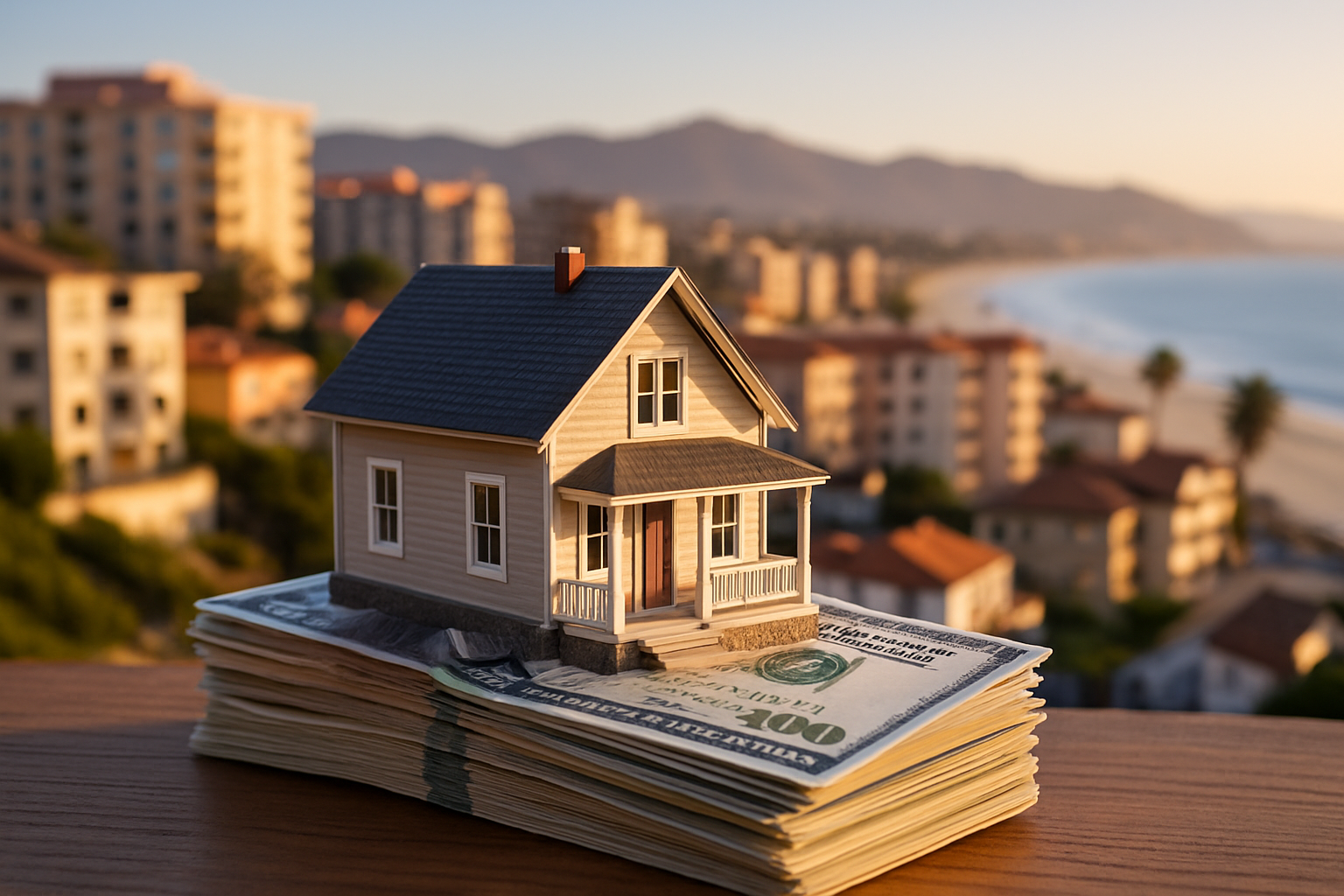Optimizing Listing Photos to Increase Buyer Engagement
High-quality listing photos are a primary factor in attracting buyer attention and increasing online engagement. Proper composition, accurate color, and attention to staging can help listings stand out across platforms and improve click-through rates. This article outlines practical techniques for photographing properties, styling interiors, and using marketing and analytics to measure photo performance.

High-quality listing photos are more than decoration: they communicate value, set expectations, and influence whether a prospective buyer clicks, calls, or schedules a viewing. Strong images balance technical considerations (lighting, composition, resolution) with strategic choices (which rooms to feature, how to stage, and how photos support pricing and marketing). The guidance below targets agents, sellers, photographers, and marketers looking to improve listing performance across property types.
How should property photos be composed?
Good composition begins with intent: show each room clearly, highlight natural focal points, and use angles that convey space. Aim for horizontal orientation for most living spaces and vertical for tall features or exterior shots for mobile viewers. Include a variety of wide-angle shots to establish the layout and tighter detail images for finishes that add perceived value. Maintain consistent horizons and avoid skewed lines; a level camera and tripod reduce distortion. Where possible, shoot during times with abundant natural light to keep colors accurate and reduce the need for extreme post-processing.
How can staging improve listings?
Staging aligns a buyer’s perception with a home’s potential. Simple steps—decluttering, adjusting furniture placement for flow, adding neutral decor, and ensuring surfaces are clean—create photos that translate better online. Remove personal items that distract and emphasize lifestyle imagery without over-personalizing the space. For vacant homes, minimal, on-trend furnishings can help viewers visualize scale and function. Staging should support the story you want the photos to tell: family living, modern urban retreat, or investment-ready rental.
How do pricing and valuation affect photo strategy?
Photography should reflect the listing’s price band and target buyer. Higher-priced properties often require more time on premium rooms, exterior amenities, and finishes; lower-priced or rental listings benefit from clarity and honesty to set realistic expectations. Consistent photographic quality helps justify valuation and reduces the risk of price-driven distrust from buyers. Photos that overpromise relative to condition or valuation can lead to wasted showings and negative feedback, so align visual presentation with the market positioning and comparable listings.
How can marketing and analytics boost engagement?
Use platform analytics and listing metrics to measure which photos drive clicks, saves, and inquiries. A/B testing lead photos, varying the primary exterior vs. interior shot, can reveal what your audience prefers. Monitor time-on-listing pages and heatmaps where available to see which images retain attention. Tailor image crops for different channels: square or vertical for social media, wide for property portals. Tag images with concise captions and metadata to aid search relevance and improve organic visibility in some portals.
What renovation or styling choices matter for photos?
Minor renovations and cosmetic updates can disproportionately improve photographic appeal: fresh paint in neutral tones, updated lighting fixtures, and clean countertops are cost-effective and photograph well. Prioritize fixes that photograph easily—clean lines, uncluttered surfaces, and well-maintained landscaping—for an immediate impact. When renovations are more extensive, document progress with professional-grade before-and-after photos to illustrate added value for buyers and investors.
Cost considerations and provider comparisons
Real-world costs for listing photography and related services vary by market, property size, and chosen provider. Typical services include professional photography, virtual tours, 3D scans, and photo editing. Many providers offer tiered packages combining these elements. Below is a concise comparison of common services and cost estimates from established providers to help set expectations.
| Product/Service | Provider | Cost Estimation |
|---|---|---|
| Professional photography (standard shoot) | Virtuance | $150–$350 per shoot |
| Professional photography and virtual tour | HomeJab | $150–$400 per shoot |
| 3D walkthrough/scan | Matterport | $200–$500 per scan (service dependent) |
| Real estate photo editing | BoxBrownie | $3–$15 per image |
| Studio-level photography and marketing packages | VHT Studios | $200–$600 per shoot |
Prices, rates, or cost estimates mentioned in this article are based on the latest available information but may change over time. Independent research is advised before making financial decisions.
Conclusion
Optimizing listing photos is a blend of technical skill, staging sensibility, and market-aware strategy. Prioritize accurate representation, consistent composition, and images that support the listing’s price and target audience. Use analytics to refine which photos lead to better engagement, and consider professional photography or editing where the expected return—faster sale, stronger offers, or higher interest—justifies the cost. Thoughtful visuals paired with clear marketing create stronger buyer engagement across housing markets worldwide.





